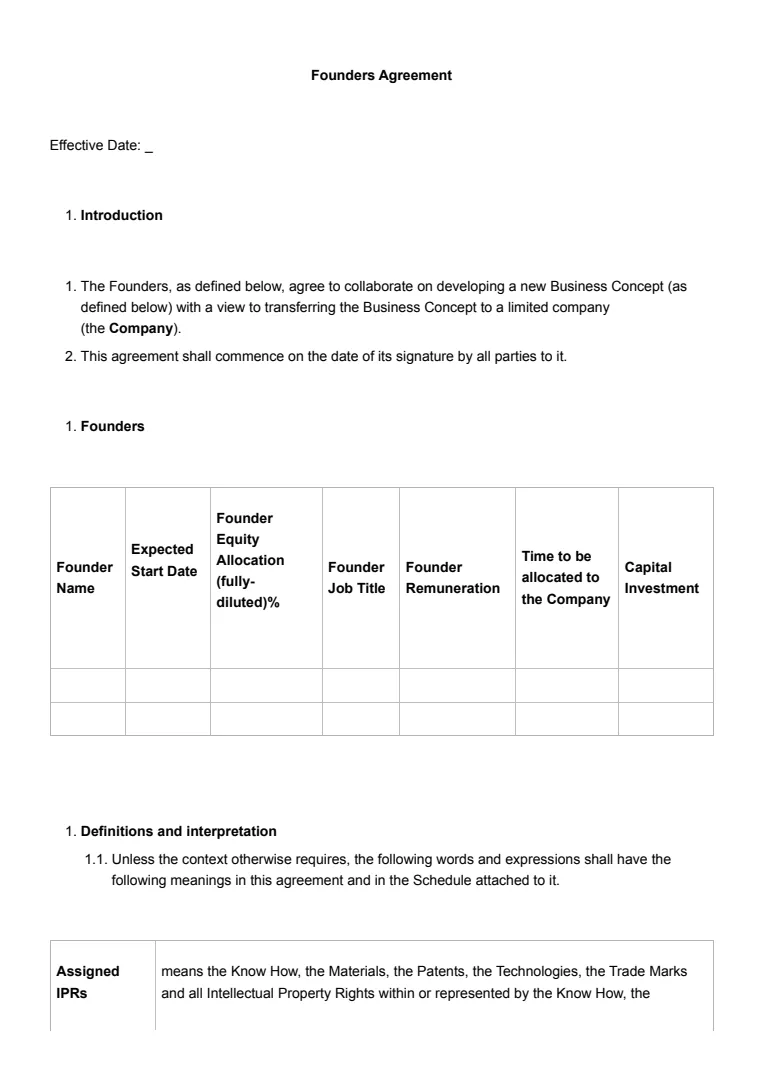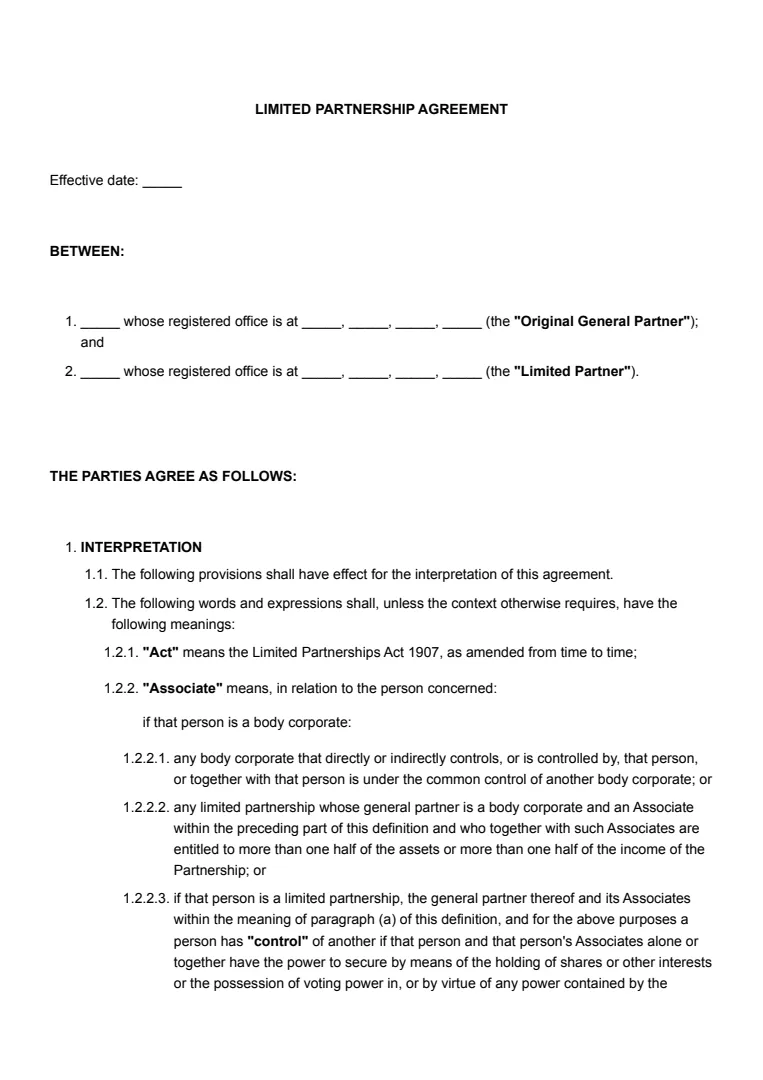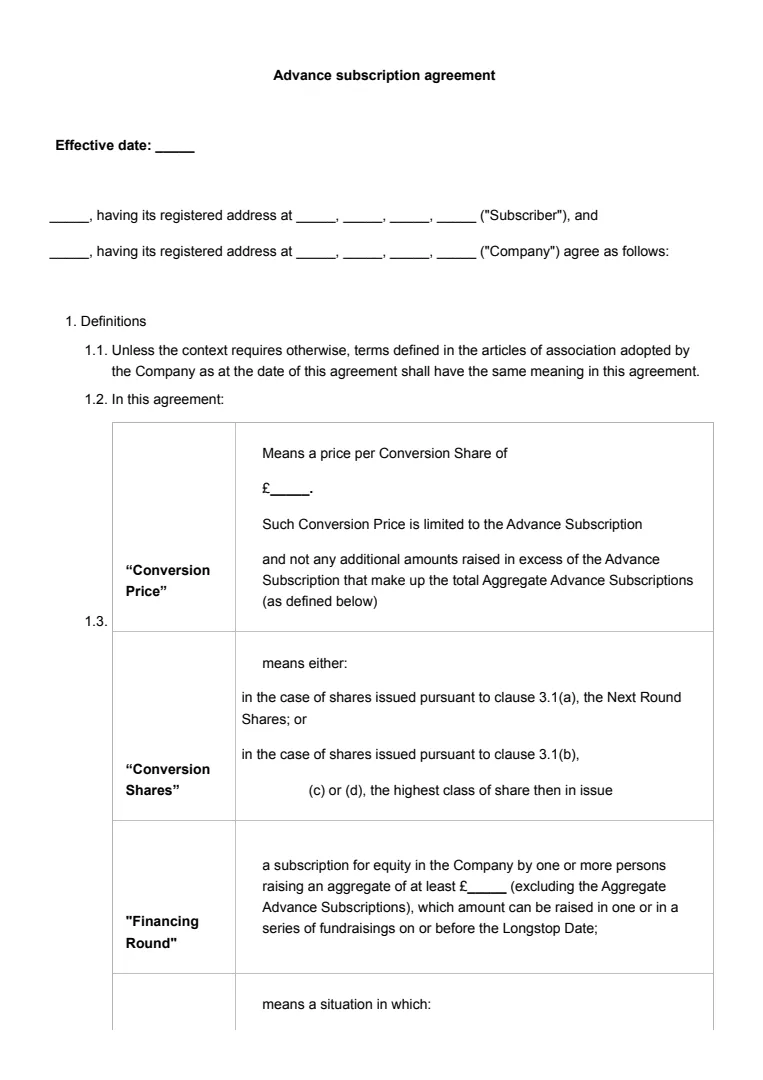What Is a Shareholder Resolution?
A shareholder resolution is a proposal that you, as a shareholder, might submit to be voted on at a company's annual meeting. These resolutions are important because they offer a way to communicate your views with the company's management.
You can use shareholder resolutions to address a broad range of issues. Common topics include corporate governance, environmental practices, or social issues.
For instance, if you have concerns about a company's environmental impact, you might submit a resolution urging the company to adopt more sustainable practices.
Types of Shareholder Resolutions:
- Ordinary resolutions: Usually passed by a simple majority and cover routine matters.
- Special resolutions: Require a higher voting threshold, often two-thirds, for significant decisions like altering the company's articles of association.
To submit a shareholder resolution, you typically need to meet certain ownership thresholds, such as holding a minimum amount of shares.
It's also crucial to adhere to specific filing deadlines to ensure your proposal is considered.
When successful, these resolutions can lead to significant changes in how a company is managed. They might push a company to increase transparency, improve governance, or address ethical concerns.
By participating in this process, you have the power to influence corporate policy and strategic direction, shaping the future of the companies in which you invest.
When Is a Shareholder Resolution Needed?
If you're invested in a company and see an issue that needs addressing, a shareholder resolution might be a handy tool to use.
Environmental concerns, like excessive carbon emissions, often prompt resolutions. If the company isn't meeting sustainability goals, you can propose changes.
Resolutions are useful when governance issues arise. For instance, if there's a lack of diversity on the board, you can recommend a more inclusive policy. This could push the company towards better representation.
Shareholder resolutions also come into play with financial practices. Transparency in accounting and reporting is crucial. You might find a need to demand clearer financial disclosures, ensuring responsible fiscal management.
When a company's social responsibility doesn't meet your standards, consider submitting a proposal. Ethical labor practices are a common concern. If you feel the company could improve its treatment of workers, a resolution could initiate change.
In the UK, the Companies Act 2006 outlines the legal framework for filing shareholder resolutions, while the Financial Reporting Council (FRC) provide guidelines for filing and best practices for AGMs and shareholder participation.
How to Write a Shareholder Resolution
If you’re looking to create a shareholder resolution, you can follow this step-by-step guide. Additionally, it may be beneficial to consult a written resolution template for guidance.
Step 1: Deciding on the Purpose
First off, you need to know what your resolution is about. Are you pushing for a change in company policy or maybe challenging a recent decision?
Your purpose has to be clear and linked to the company’s goals or operations. This clarity will make your resolution more persuasive and relevant to other shareholders.
Step 2: Gathering Necessary Information
Dive into research to back up your claims. Look for facts, statistics, or any supporting documents that can strengthen your argument.
It’s crucial to connect your resolution to the company’s current practices or financial health. This will help you build a compelling case for change.
Step 3: Drafting the Title
The title of your resolution should be concise and accurately reflect its intent.
This makes it easily identifiable and gives readers a quick understanding of what you're proposing. Good titles act as a summary, so aim for clarity.
Step 4: Crafting the Recitals
Now it's time to set the stage for your resolution. Use recitals to outline the reasoning behind the proposal.
This section should logically present the context and reasons that led you to draft this resolution. Think of it as setting up a story that leads to your main point.
Step 5: Writing the Resolving Clause
This is the core of your resolution. Clearly state the action you want the company to undertake.
Use direct and unambiguous language to minimise misinterpretation. The clearer you are, the better chance you have of getting your proposal passed.
Step 6: Adding an Explanatory Statement
Some resolutions need more detail. This is where an explanatory statement comes in handy.
Use this to offer additional insight or context that strengthens your resolution. It helps other shareholders understand the urgency or importance of your proposal.
Step 7: Signing Off
Finally, make sure to sign the resolution. It has to be in writing and signed by you or any other sponsoring shareholder.
Double-check the company’s submission guidelines to ensure the resolution meets all necessary criteria.
















